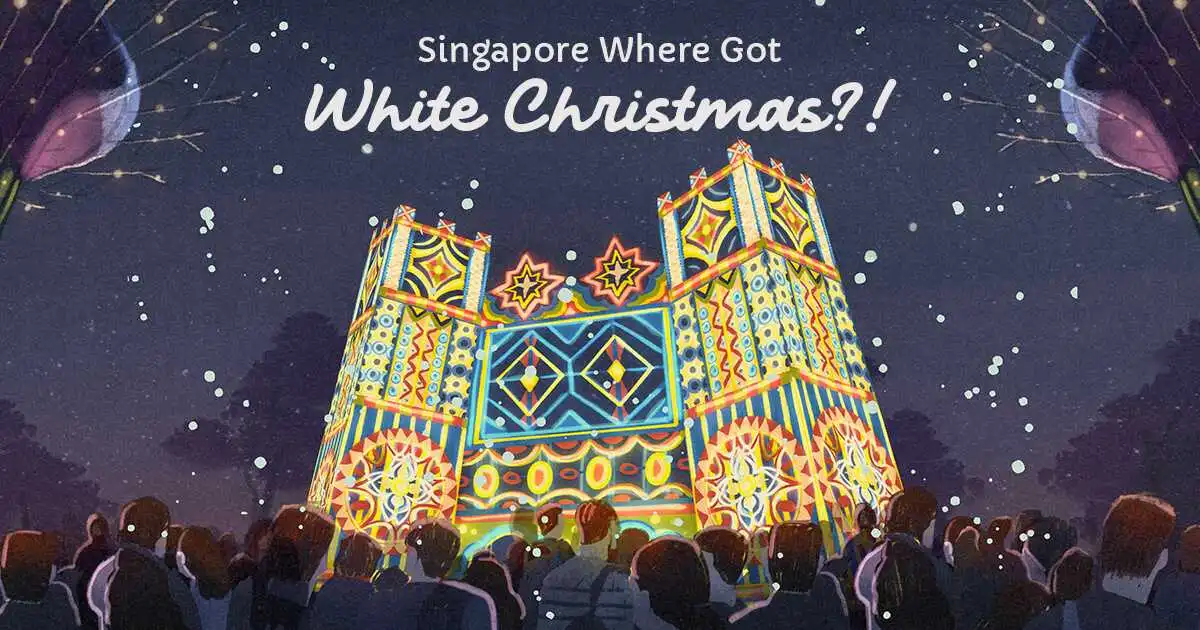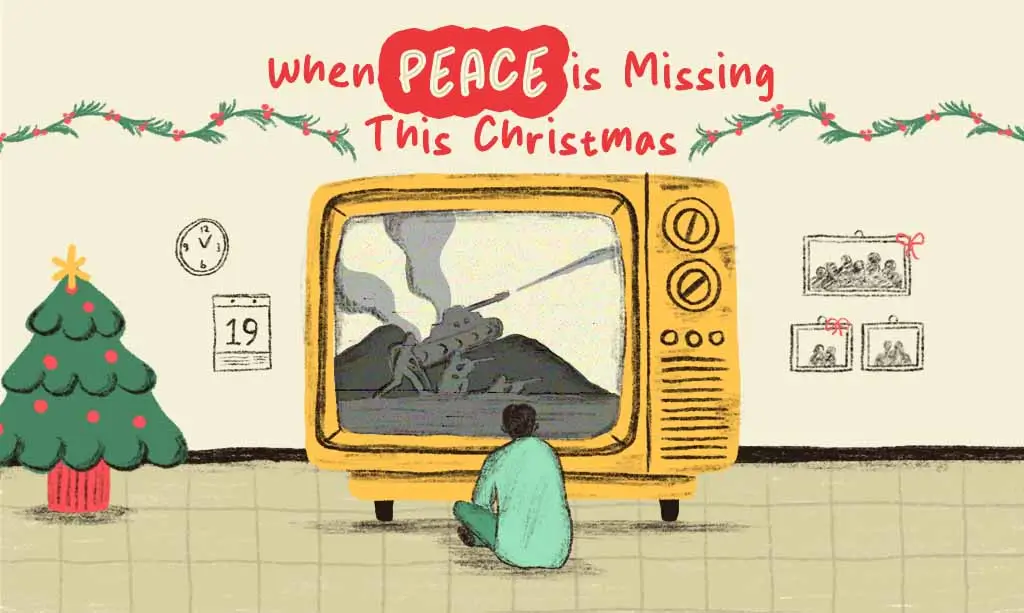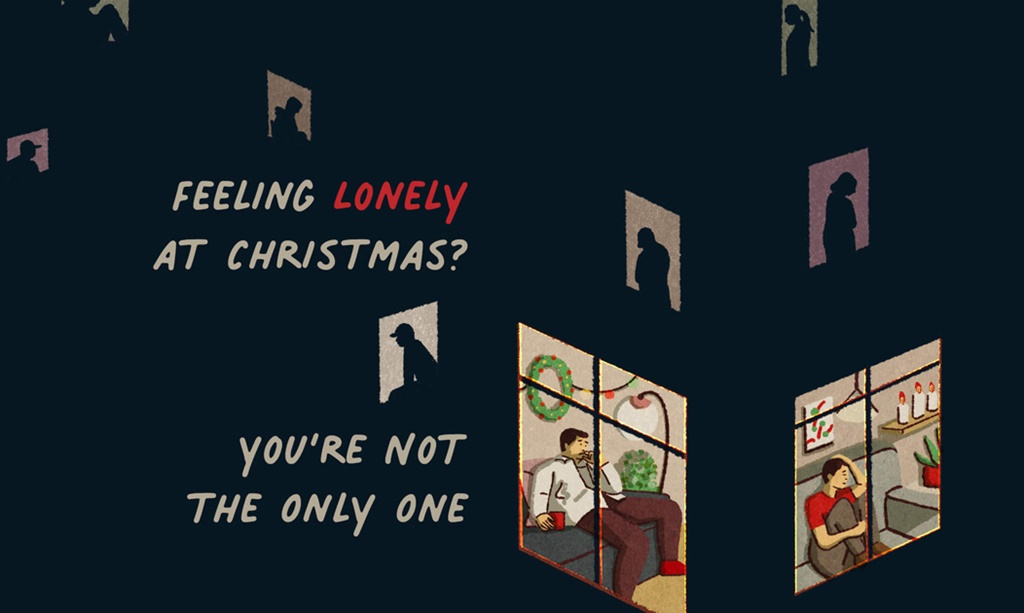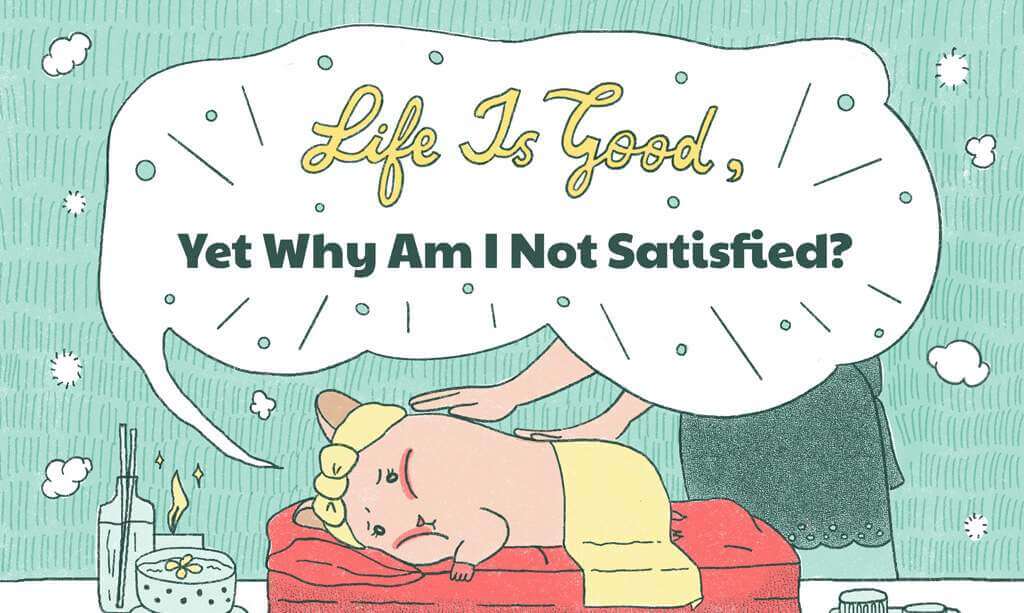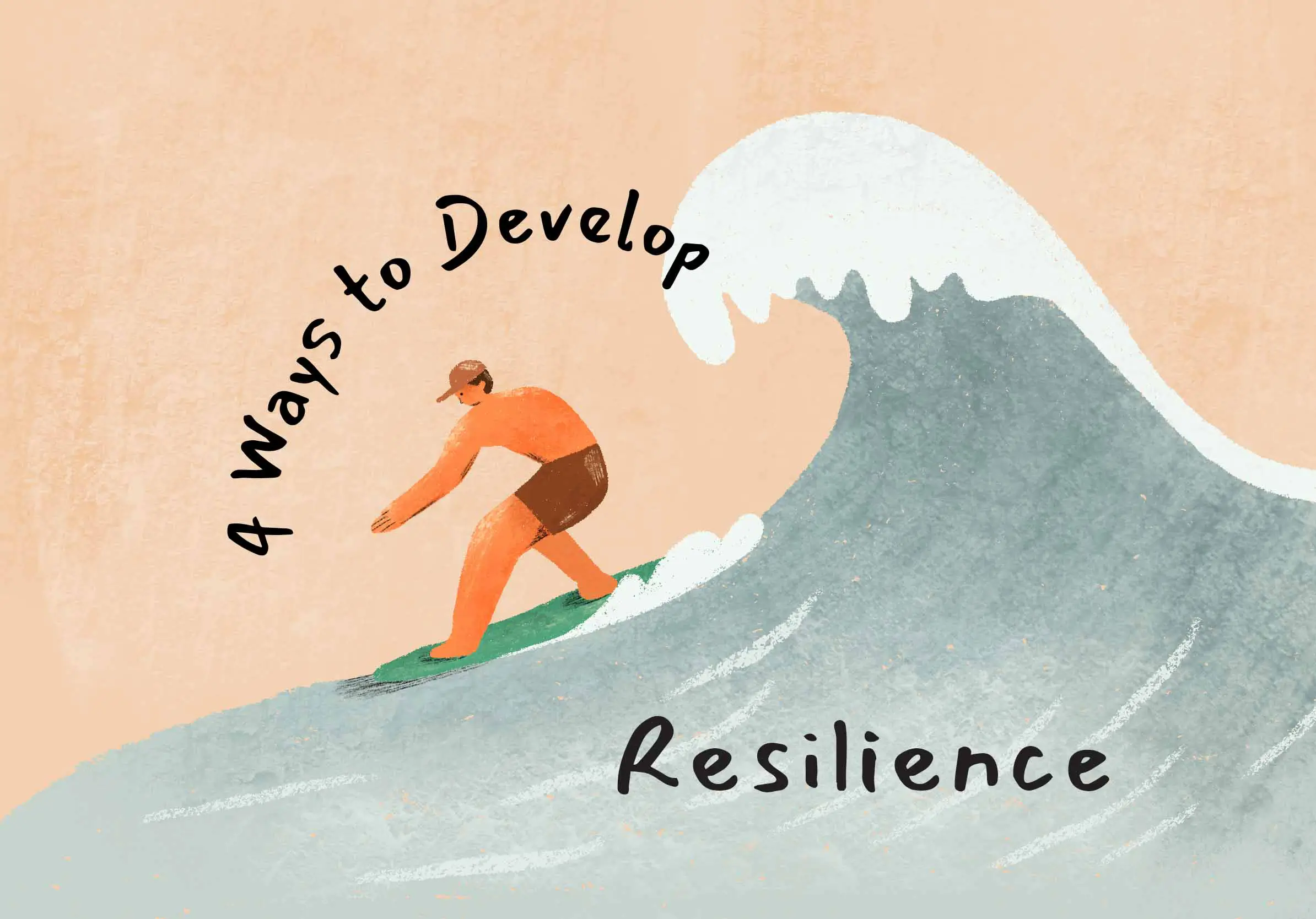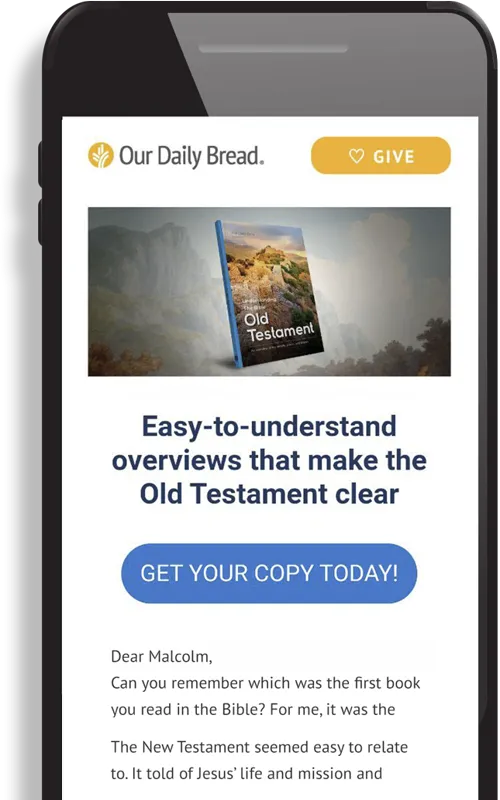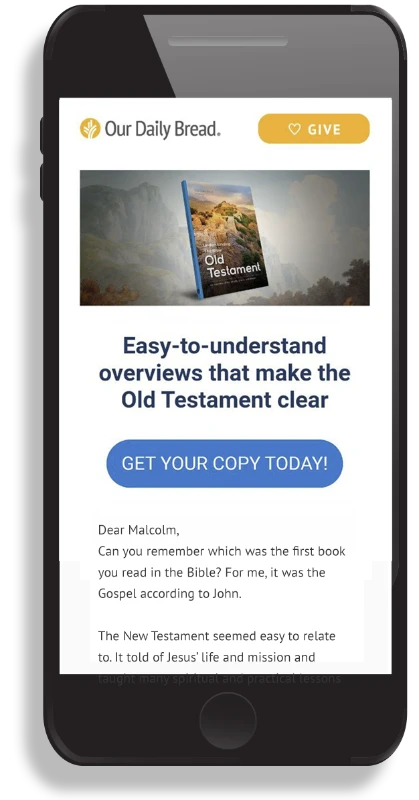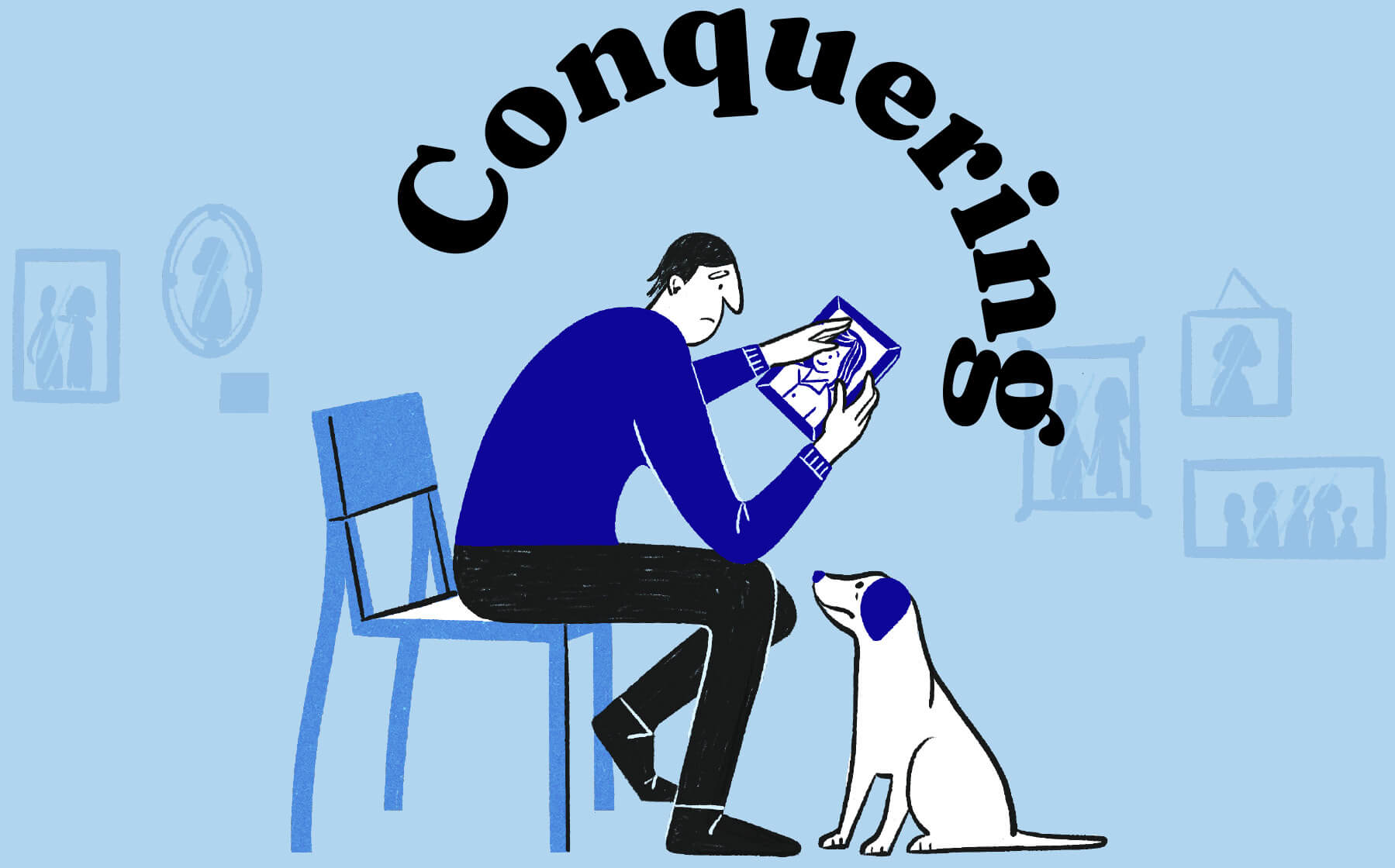
Conquering the Sting of Death
the Sting of Death
the Sting of Death
the Sting of Death
Losing a loved one is extremely painful. At times, it feels like we may never get over the grief and hurt of missing those whom we have cherished so much. What comfort can we possibly find? A writer reflects on his own journey through loss.

“I am the resurrection and the life. The one who believes in me will live, even though they die; and whoever lives by believing in me will never die. Do you believe this?” (John 11:25–26)
“I am the resurrection and the life. The one who believes in me will live, even though they die; and whoever lives by believing in me will never die. Do you believe this?” (John 11:25–26)
As a pastor, I have come face to face with death many times. This happens when I conduct encoffining and memorial services for church members or their loved ones who have departed from this life. It pains me each time, to minister to the bereaved.
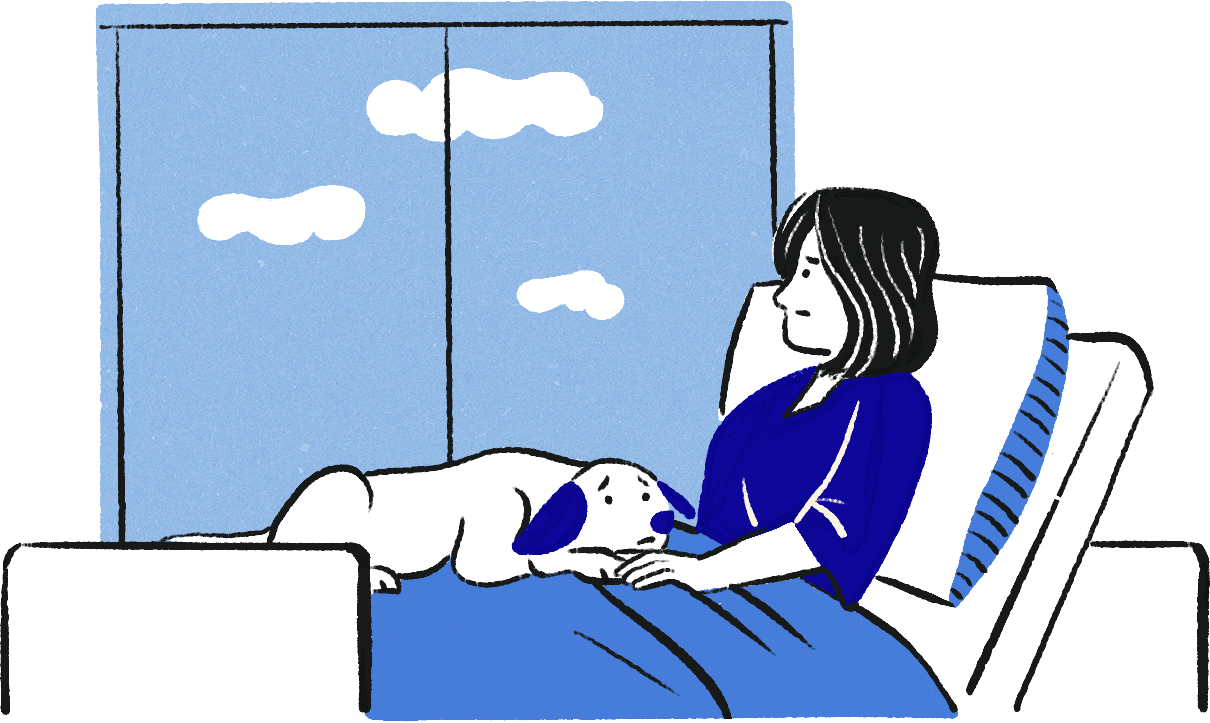
Conducting memorial services over the many years, however, did not prepare me to deal with my own pain when my beloved wife of 29 years lost her battle against cancer. Christian writer Jonathan Worthington describes the devastation death leaves in its wake as thus: “Death sucks life out of people, and joy out of their loved ones. It’s like a murder hornet but worse, for it leaves its stinger embedded so deep it throbs every time you jump it.”
I rejoice that my beloved is now in her Father’s house. But there are still many days when I continue to feel the stinger. Sickness and death are harsh realities of life. They happen to people we know and love, and they happen to us. Sadly, for some, sickness can turn terminal all too quickly. And the inevitable reality is that everyone will eventually die.
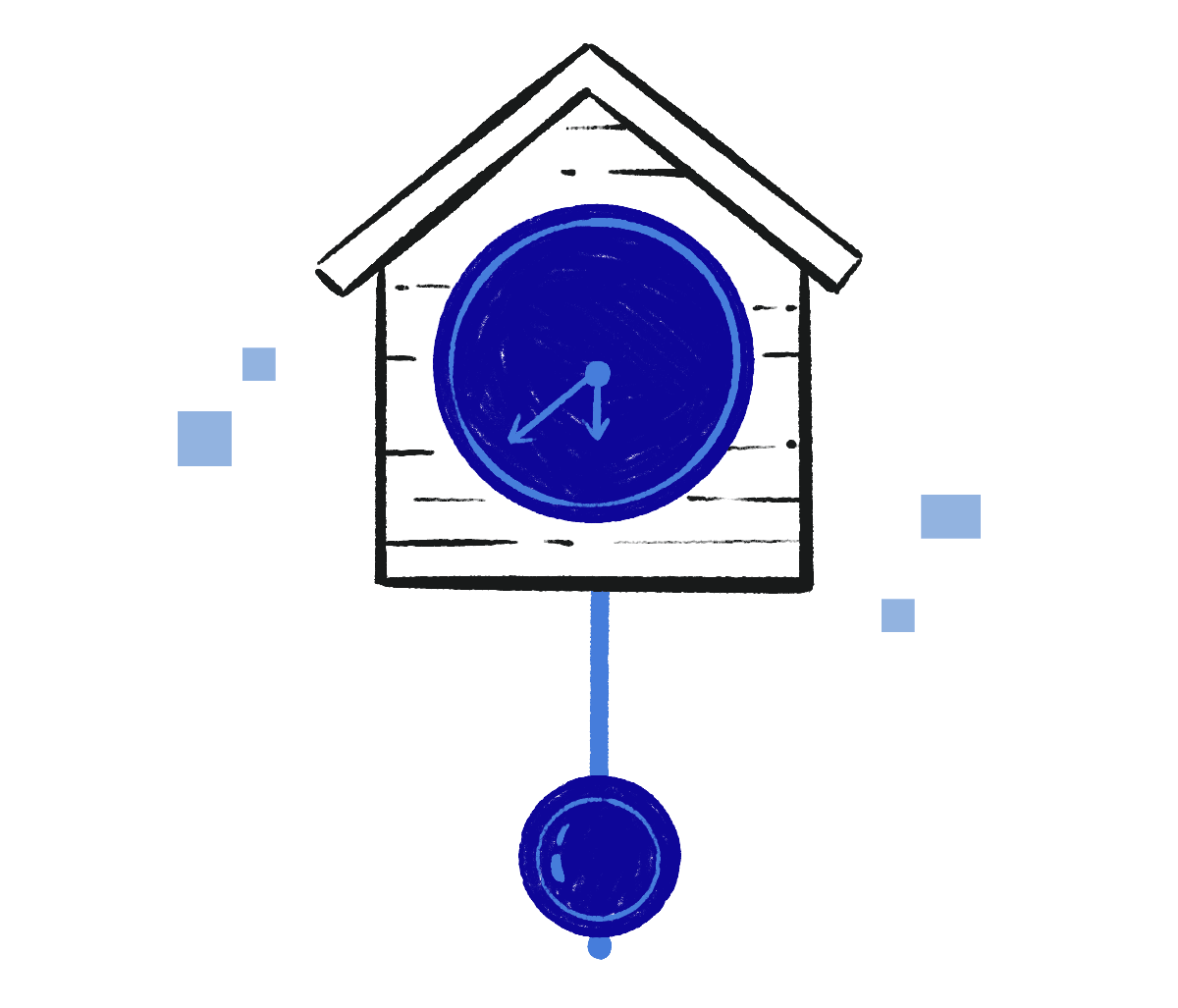
Too Little, Too Late?
Jesus’ “I am” statement in John 11 comes in the wake of a loved one’s death. When Lazarus, a beloved disciple and friend of Jesus, falls gravely ill, his sisters Mary and Martha send a messenger to tell Jesus: “The one you love is ill” (John 11:3).
It probably takes a full day for the messenger to reach Jesus, who is about 30 km from Bethany. Jesus sends him back the next day with the assuring word that “this illness will not end in death” (v. 4). But He then waits two more days before setting out for Bethany.
By the time He arrives, Lazarus has already died. In fact, he has already been in the tomb for four days, having died the day after the messenger had left Bethany.
Imagine the crisis of faith that Mary and Martha are facing as they try to reconcile Jesus’ assurance that their brother’s sickness would not end in death, with the stark reality: Lazarus is already lying in the tomb. They must be asking: If Jesus truly loves them, why does He seem to be showing so little concern and urgency? And why did He not rush to Bethany on hearing the news of Lazarus’ illness?
No doubt, the two distraught sisters must have expressed this thought to each other repeatedly during Jesus’ absence: “Lord, if you had been here, my brother would not have died” (vv. 21, 32).

The Promise Of Resurrection
Despite their grief, Martha believes that her brother will be resurrected in the future, in line with Jewish belief in the afterlife and resurrection in the eschatological Day of the Lord. She thus says: “I know he will rise again in the resurrection at the last day” (vv. 21–24).
But Jesus has something else in mind: an immediate resurrection. He comforts her with a death-defying, death-eliminating promise and proclamation—a self-revelation of who He is. In His fifth “I am” saying in the Gospel of John, Jesus declares: “I am the resurrection and the life. The one who believes in me will live, even though they die; and whoever lives by believing in me will never die.” (vv. 25–26)
Jesus doesn’t merely say that He has come to give the gift of a resurrected life, or to give a new lease of life to the dead (though a new life is indeed what we have in Christ). Rather, He says that He himself is the resurrection and the life.
While Martha’s hope is hinged on a belief in the future resurrection, Jesus is seeking here to shift the subject of her faith from a doctrine about death to himself as the source of life. Only Jesus has the power to bring the dead to life; in John 5:21, He had declared that “just as the Father raises the dead and gives them life, even so the Son gives life to whom he is pleased to give it”.
When Jesus says that He is the resurrection and the life, He is calling us to focus on Him alone as the subject of our faith, who alone can raise us from the dead and give us eternal life.
The Mother of All Miracles
While Martha may not have fully understood the implications of Jesus’ self-declaration, she soon will. When Jesus arrives at Lazarus’ tomb, He orders it to be opened. The stone at the entrance of the tomb is rolled away, and Jesus prays to the Father and calls out in a loud voice: “Lazarus, come out!” (v. 43).
And, to the utter astonishment of the two sisters and the crowd, the dead man does so, his hands and feet still wrapped with strips of linen, and his face covered by a cloth.
Lazarus, once dead, is now miraculously alive.
We can only imagine the shock, awe, and fear that all those who have just witnessed this must feel. It must have seemed like the mother of all miracles.
To be sure, Jesus has resurrected two other people—a widow’s son in the town of Nain (Luke 7:11–17) and the daughter of synagogue ruler Jairus (Luke 8:40–42, 49–56). But what makes Lazarus’ resurrection so distinct is that he has been raised from the dead four days after he died; the earlier two resurrections had occurred on the day of death. This leaves absolutely no doubt about Jesus’ power to resurrect and give life.
Jesus had delayed going to Bethany not because He had missed the urgency of the sisters’ request, but because He had been following God’s timetable and plan. He knows that Lazarus’ resurrection will show God’s power over life and death, and that He himself, too, will receive glory from it. That is why He had told His disciples earlier: “Lazarus is dead, and for your sake I am glad I was not there, so that you may believe” (John 11:14–15).
Jesus knows that His raising of Lazarus from the dead will lead the disciples into a deeper faith in Him. It is His plan to reveal God’s glory, so that His Son might in turn be glorified.
The Answer to Death and the Grave
Without a doubt, Lazarus, despite his well-publicised resurrection, is no longer alive today. Neither is the widow’s son nor Jairus’ daughter.
Jesus’ resurrection, on the other hand, is radically different. He is the first person in the entire course of human history who has risen from the dead and not died again.
This is because Jesus himself is the resurrection and the life, as He declares in John 11:25. He is the answer to death and the grave.
By His death, Jesus destroys and vanquishes death; in Jesus, death has died! As Paul puts it: “Christ Jesus, our Savior . . . broke the power of death and illuminated the way to life and immortality” (2 Timothy 1:10 NLT).
Because of His atoning death on the cross, Jesus has transformed death for us and made good His promise, that “Anyone who believes in me will live, even after dying. Everyone who lives in me and believes in me will never ever die” (John 11:25–26 NLT).
As Paul triumphantly proclaims, death has now lost its sting, and the grave has been robbed of its victory:
Then, when our dying bodies have been transformed into bodies that will never die, this Scripture will be fulfilled:
Death is swallowed up in victory.
O death, where is your victory?
O death, where is your sting?”
For sin is the sting that results in death, and the law gives sin its power. But thank God! He gives us victory over sin and death through our Lord Jesus Christ. (1 Corinthians 15:54–57 NLT)
Because of who Jesus is, we can now be resurrected, never to die ever again. We, too, will be immortal!
Our Resurrection Awaits
As believers in Christ, we need not be afraid of our own deaths or those of our loved ones. Because Jesus is the resurrection and the life, we are set free from Satan’s power, and our fear of dying and of death. As the writer of Hebrews reminds us, Jesus’ dying on the cross sets us free from death’s deadly grip:
Because God’s children are human beings—made of flesh and blood—the Son also became flesh and blood. For only as a human being could he die, and only by dying could he break the power of the devil, who had the power of death. Only in this way could he set free all who have lived their lives as slaves to the fear of dying. (Hebrews 2:14–15 NLT)
When the Lord asked Martha if she believed that He was the resurrection and the life, she had replied: “Yes, Lord, I believe that you are the Messiah, the Son of God” (John 11:27).
My wife, too, believes. She is not dead. She is asleep! And she is very much alive, being clothed with the imperishable and immortality (1 Corinthians 15:53).
What about you? Do you believe that Jesus is the resurrection and the life?
Extracted from When Jesus Says I Am, published 2023 by Discovery House Publishers.
Sim Kay Tee is a Bible teacher, writer, and theological reviewer at Our Daily Bread Ministries. He writes for the Journey Through Series and is a regular contributor to the insights for Our Daily Bread. He is also the author of When Jesus Says I Am and Footprints on Calvary Road. While based in Singapore, Kay Tee has taught the Bible in various countries. He has three daughters and one granddaughter.


